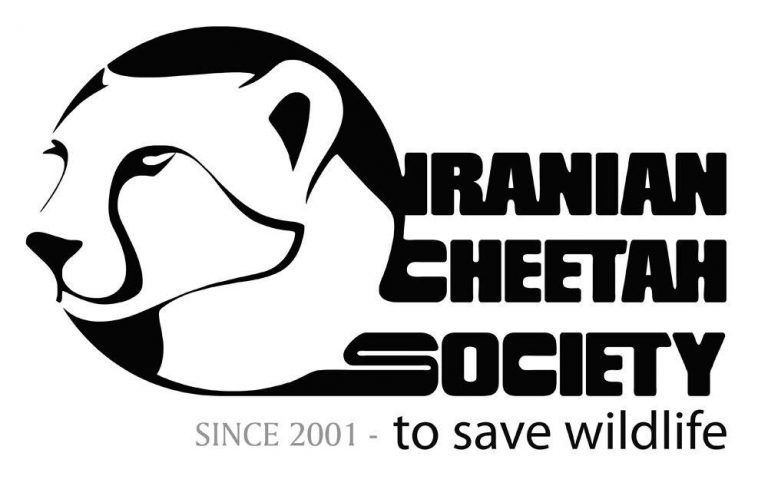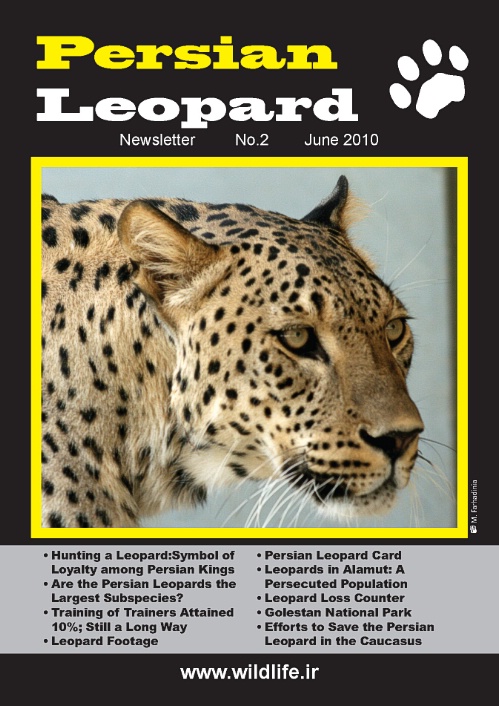In order to celebrate the year of leopard aiming at more conservation support for the Iranian wildlife, the Iranian Cheetah Society (ICS) has various programs, including training workshops for university students for increasing awareness about Iran
مدیر سایت
Despite of numerous disappointing news in the world of wildlife conservation; however, there is an exciting news of emergence of a new cheetah which plays theater. The cheetah was designed by the ICS Wildlife Theater Group as a part of long-term educational initiatives launched since establishment in 2001. Since last March, 15 volunteers were trained to be ready for upcoming opportunities to spread the cheetah knowledge.
The theater illustrates various aspects of the cheetah life for public and how different threats can endanger its survival. Poaching is on top for the theater with several stories on the scene.
The process was funded by PBNF/the Netherlands and it is planned to be implemented in more than 10 local communities around the cheetah habitats across the country. Early June, villages in southern Kavir National Park where are supposed to be active for poaching hosted the first local implementation, highly welcomed by local people. The ICS
The first ecological investigation on grey wolf has been finished in Iran. Initiated in summer 2007, the research project aimed at exploring various eological aspects of the predator in Ghameshlou Wildlife Refuge and National Park in central Iran. Food habits, conflict with local people and population parameters have been the main topics of the research which has been a joint effort between the Iranian Cheetah Society (ICS), Esfahan Department of Environment and Shahid Beheshti University.
High abundance of prey populations, particularly gazelle and wild sheep has provided good base of food for the wolves which together with wild goat comprise the main food items of the creature in the area. Moreover, scat analysis has revealed wolves predation on birds as well as hares. Interview with local people indicate high conflict with the wolves due to livestock depredation.
Snow tracking has resulted in a population of 50 to 70 animals for the area which is supposed to be among the highest densities in arid enviornmnets of Iran. It seems that there has been a significant population increase for the wolves comparing to previous decades, as can be correlated to increased prey populations.
The grey wolf is one of the main predators in Iran with vast occupancy. However, it has been least studied in the country and lack of enough conservation for the species has caused severe decline both for its population as well as range. The Iranian Cheetah Society (ICS) is planning to continue its wolf research efforts through radio-telemetry and genetic surveys in central Iran.





2 cheetahs were photographed in Turan National Park, north central Iran on 9 July 2010 by ICS research biologists, Mohammad Beheshti, Arash Sadeghi and Hossein Hajhashemi. They were able to spot several herds of onagers and Jebeer gazelles plus several sightings of Houbara bustards. Finally, they were lucky to see a group of 2 cheetahs at 11 AM inside the core zone which one of them standing at the ridge was photographed. Last fall, another group of the ICS volunteers was also lucky to see a group of 3 cheetahs in southern Turan.



Photos by Mohammad Beheshti
In order to celebrate the International Year of Biodiversity, wildlife theaters are held by the Iranian Cheetah Society (ICS) in Darabad Museum of Nature and Wildlife, Tehran. Initiated since last June, the theaters are implemented every week on Fridays twice on 6 and 7 PM in the Museum central hall. Focusing on Asiatic cheetah, the theater talks about the species and its threats for visitors.
The cheetah theater is result of more than 15 volunteers of the Iranian Cheetah Society (ICS) produced in past several month. Fortunately, it has been highly welcomed by the museum visitors. In collaboration with the Conservation of Asiatic Cheetah Project (CACP), the ICS plans to hold cheetah theaters for local communities across the cheetah range in Iran.








Second issue of Persian Leopard Newsletter is released.
National Festival of Biodiversity was held in Darabad Museum of Nature and Wildlife in Tehran. The festival was held by the museum and some 30 Iranian NGOs attended between 19 and 21 May 2010.
The Iranian Cheetah Society (ICS) was among the participants with various educational programs. Cheetah Theater was first opened in the festival which has been prodiucing by the ICS since March with generous funds from PBNF/Netherlands. The theater was warmly welcomed among the visitors and the ICS plans to implement it within local communities as a powerful and effective educational tool. Moreover, scientific lectures about the Iranian animals, particularly Persian leopard was on the issues. Cheetah & ladder, wildlife booth, etc. were also visited by the festival visitors.









Experts from Iranian Cheetah Society have reported that a rare melanistic grey wolf had been photographed in Anguran WR, Zanjan. Previously, there were sporadic reports of black wolf sightings across the country but it is the first time that the rare morph is recorded by a photo. The image of the unusual animal was captured by a camera trap in Anguran Wildlife Refuge, in the western province of Zanjan. This research, in partnership with the Zanjan Department of Environment (DoE) is part of lynx research to reveal some basic knowledge of ecology and status of the cryptic cat in Iran. ICS is applying camera traps as a key component of the research, as individual lynx can be identified by their unique coat patterns resulting in minimum population estimates. The photographic
19th International Bear Conference on bear reasearch and management is held since 16 to 22 May 2010 in Tbilisi, Georgia. Bagher Nezami and Mohammad Farhadinia are participating in the conference in Radisson Hotel with two scientific papers.
“Distribution and Status of Brown Bear in Iran” discusses about bear range in the country which is consisted of 108 areas. Also, status of bear habitats, conflict with human, and threats to bear survival are illustrated.
Results of more than 4 years of field investigation in Central Alborz Protected Area are presented in “The First Ecological Study on Brown Bear in Iran”. Population structure and reproduction are the main issues described in this paper. The IBA Conference has been organized by NACRES in Tbilisi.

